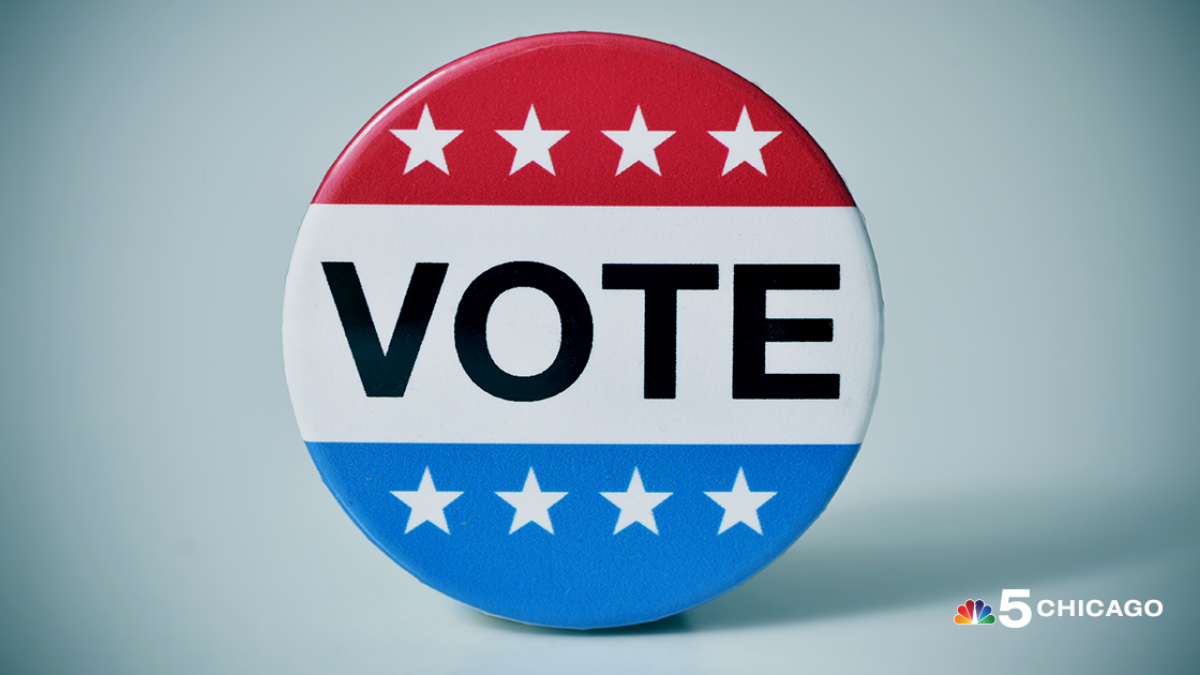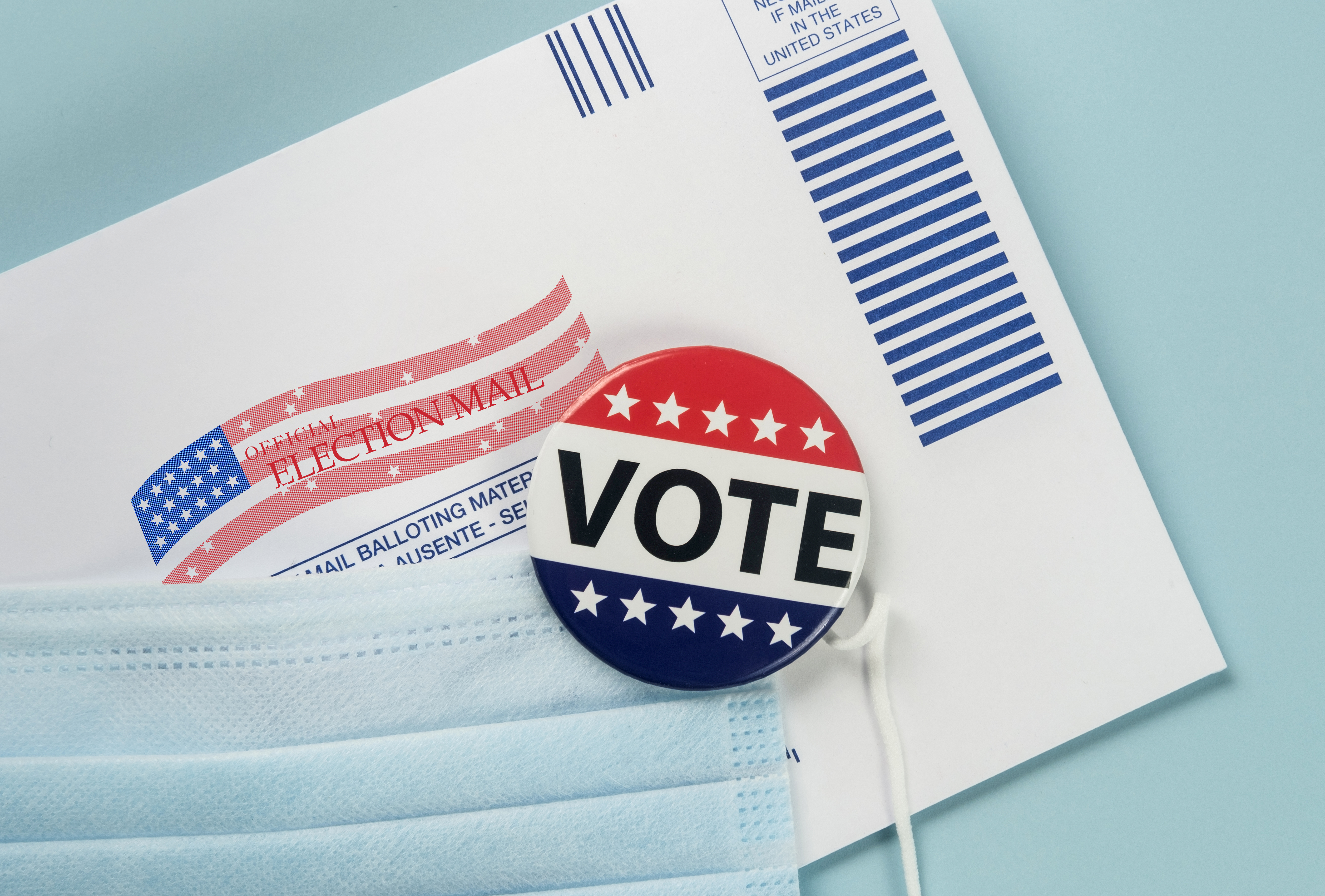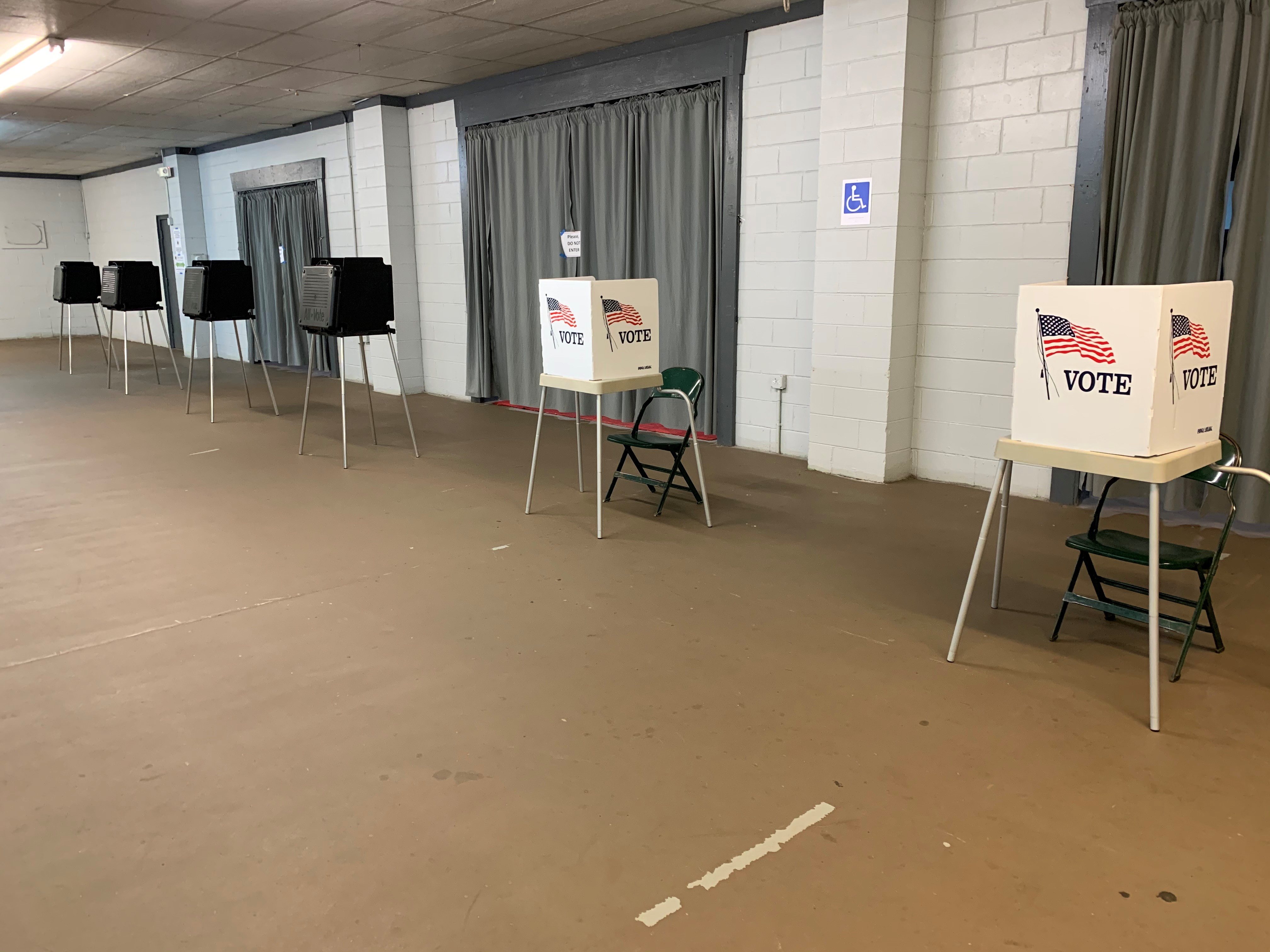The biggest race this election cycle is without a doubt the one at the top of the ballot. President Donald Trump is running for a second term against Democratic nominee Joe Biden in an election unlike any other.
Voting has already begun – with millions of people casting their ballots early and by mail – and will conclude on Nov. 3 as the year draws to a close. This year has already included Trump’s impeachment, the deadly coronavirus pandemic, a renewed civil rights movement and the death of a Supreme Court justice – all issues that are shaping the campaign.
While we don’t know who will be president come January 2021, we do know with some certainty how Illinois will vote. Illinois has not voted for a Republican presidential candidate since 1988 when the state gave George H.W. Bush a narrow 2-point margin of victory.
Having backed the Democrat in the last seven presidential races, Illinois likely will vote for Biden, who most recently served as vice president to Illinois’ own former President Barack Obama.
Biden emerged from a contentious Democratic primary in which he ran as a more moderate choice compared to progressive hopefuls like Sens. Bernie Sanders and Elizabeth Warren, consolidating support following a commanding victory in the South Carolina primary, propelled in large part by Black voters who overwhelmingly backed him and make up a majority of the state’s Democratic electorate.
In Illinois’ primary election two weeks later, Biden beat Sanders, the only other viable Democratic candidate left in the race, by more than 20 points – four years after Sanders came within striking distance of an upset against Hillary Clinton in the state’s 2016 primary.
Turning to November, Illinois officials up and down the state, largely Democrats but some Republicans, have endorsed Biden: Gov. J.B. Pritzker, both Sens. Dick Durbin and Tammy Duckworth, Chicago Mayor Lori Lightfoot, several members of the House, Chicago aldermen, state lawmakers and more.
Many of those officials have often criticized Trump or used him as a political foil: particularly Lightfoot – for whom sharp condemnations of the Republican president carry no political risk – and Pritzker in recent months for the president’s handling of the coronavirus response.
For his part, Trump has disparaged Chicago countless times over the last several years, using the city as a sort of stand-in for all Democratic politicians and policies.
Will those attacks cut even further into his vote share in Chicago? In 2016, Trump actually won the smallest proportion of the vote in a presidential race in Chicago in at least 50 years, just 12% - a share smaller even than either of Obama’s Republican opponents in 2008 and 2012. Trump was buoyed by higher margins in other parts of the state to win just under 39% of the total vote in Illinois, compared to Clinton’s 56%.
Statewide in 2016, Trump outperformed both Sen. John McCain’s 2008 and Sen. Bob Dole’s 1996 runs in Illinois by nearly 2 points and improved on George H.W. Bush’s 1992 Illinois result by more than 4 points. So while Trump performed historically poorly in Chicago, he ran stronger in the rest of Illinois than multiple Republican presidential candidates over the last few decades.
This year, in Illinois and across the nation, the battleground is in the suburbs. The 2018 midterm elections were defined by suburban voters – including those in some major Congressional races in Illinois – abandoning the GOP in droves, giving Democrats an historic victory in the House. How will those same suburban voters, in areas long thought to be Republican strongholds, vote this election cycle when Trump himself is on the ballot?
This sort of political reordering in Illinois – the urban center becoming increasingly liberal, rural areas turning more conservative and the suburbs backing Democrats, at least for now – is a fascinating microcosm of the overall realignment happening across the U.S. What’s happening politically in the nation is playing out on a smaller scale right here in our own backyard.
That could be in part because Illinois is, of all the states, relatively representative of the U.S. demographically, with similar proportions of people living in urban and rural areas as compared to the entire country (skewing just slightly more urban), as well as a racial makeup that mirrors the U.S. as a whole, according to the U.S. Census Bureau: roughly 60% white, 18% Hispanic or Latino, 15% Black and 6% Asian, among others.
A 2016 NPR analysis found that based on five demographic indicators, Illinois is the state that is the most like the U.S. on a smaller scale – an evaluation Pritzker shared in 2020 as he voiced his support for Illinois to be the first in the nation to vote in primary elections.
That analysis noted that Illinois, though recently thought to be a Democratic state, has a long history of electing Republicans and has a presidential election record that is “more accurate than partisan,” voting for the winner of every 20th century presidential election except two.
This year, no matter how the votes shake out in each part of the state, we can say with some certainty that Illinois’ 20 electoral votes will go to Biden. If the suburbs again break for Democrats like they did in 2018, and as Biden leads Trump in multiple nationwide polls, some by double-digit margins, is he poised to win Illinois by the largest margin in modern history?
That title currently belongs to Obama’s 25-point home state victory over McCain in 2008. While there were more ballots cast in Illinois in 2016’s presidential race than in 2008, third-party candidates (including Gary Johnson, who was endorsed by the Chicago Tribune) earned nearly 300,000 votes. That was more than 5% of the total vote and more than four times as much as the third-party candidates in 2008 had received.
While there are four candidates other than Biden and Trump on the ballot in Illinois this year, there’s little evidence to believe any might play as significant a role both in the state and nationwide. The third-party candidates on the Illinois ballot include: Howie Hawkins for the Green Party, Gloria La Riva for the Party for Socialism and Liberation, Brian Carroll for the American Solidarity Party and Jo Jorgenson for the Libertarian Party.
And if Illinois isn’t dramatic enough – Democrats call it the “firewall” for the party in the Midwest – the nationwide race for president may be decided just next door in Michigan and Wisconsin.
Both of Illinois’ neighbors broke for Trump by miniscule margins in 2016, Michigan by .2% and Wisconsin by .7%, handing him 16 and 10 electoral votes, respectively. This year, Democrats are hoping to take both states back as they look to rebuild a coalition in the heartland.
So while the results of the presidential race in Illinois are all but decided, that doesn’t mean there will be any shortage of high-stakes drama this November – both in the state and just across the border.





